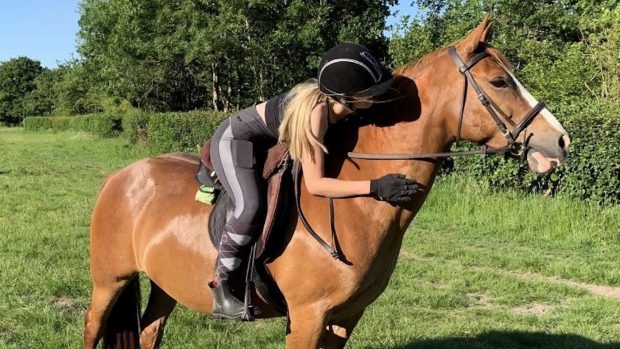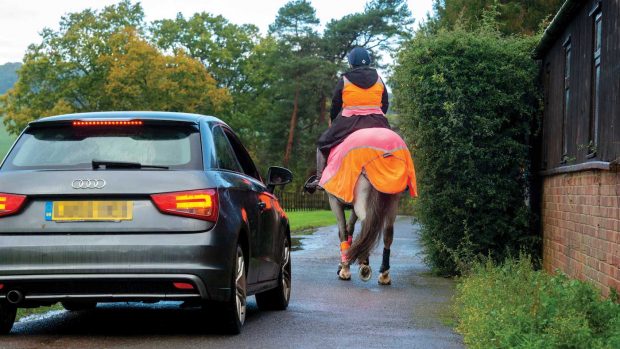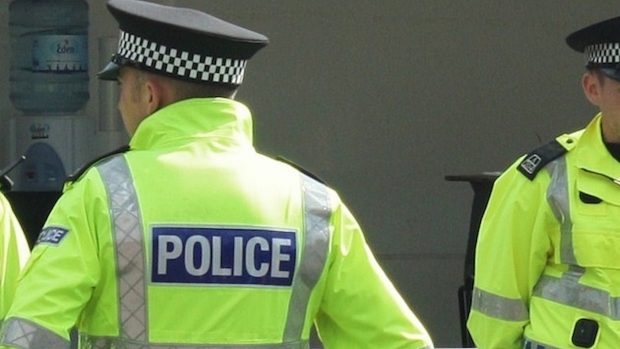Horses are aware of the presence of an electric vehicle much sooner than a human is, new research has suggested.
A report carried out by the British Horse Society (BHS), in collaboration with Robert Gordon University and the Electrical Vehicle Association (EVA) Scotland, aimed to determine whether a horse was able to hear the approach of an electric vehicle and be aware of its presence before its rider.
The work, funded by BHS Scotland, involved three horses, Cristina, Julie, and Mafin, who were approached from behind by four vehicles; three electric and one petrol, at 10mph, 20mph, and 30mph in several trials. Video and audio recordings were taken and analysed, and in most cases there was a “distinct reaction”, where the demeanour of the horse changed when the vehicle approached.
It was concluded that the low-level noises produced by electric vehicles were detected by the horses quite early on and they are aware of the presence of the vehicle well before humans are.
“Given that this was demonstrated with different horses, vehicles and speeds over several trials, the observation is repeatable and is significant,” read the report.
“The strong correlation between the microphone data and the video data shows the validity of the data processing methods and of the data itself. This report serves as the scientific evidence to the initial hypothesis that horses are highly sensitive to electric vehicle noise at a distance.”
A BHS spokesman said the report reiterates how important it is for all drivers to adhere to the Dead Slow advice – slowing down to 10mph and leaving at least a car’s width when passing a horse and rider – no matter what vehicle they are driving.
“Responsibility also lies with the rider to concentrate at all times and be aware of their surroundings,” said the spokesman. “This is particularly important when it comes to electric vehicles, where the noise levels have been found to be harder to hear by humans than by horses.”
BHS director of safety Alan Hiscox said the society is pleased to have joined forces with EVA Scotland and Robert Gordon University to encourage greater levels of safety between electric vehicle drivers and riders.
“With more and more electric cars on Britain’s roads, this report’s new data and analysis provides significant insight,” he said.
“Not only will it help to alleviate concerns from riders about how their horse reacts to electric vehicles due to limited sound levels, but it will also be a vital tool when it comes to encouraging drivers, regardless of whether they are driving an electronic or conventional vehicle, to be careful when passing horses on the road.”
James Njuguna, research strategic lead at Robert Gordon University, added that the number of incidents and accidents involving electric vehicles and horses are on the rise with society’s shift to electric vehicles, bicycles and scooters.
“A better understanding of horse behaviour in the presence of an electric vehicle is a step forward for the shared road safety of all road users: drivers, riders, and horses alike,” he said.
“It is a pleasure to support this effort alongside the BHS and EVA Scotland in this campaign. The findings clearly indicate the horse is cautiously recognising electric vehicles long before the rider does and forms a baseline for detailed studies in future.”
EVA Scotland director, Neil Swanson welcomed the research findings and said research such as this is “essential and invaluable” from a driver and a rider’s perspective.
“The safety of horses and their riders on roads is paramount and understanding how to support the vigilance of both parties is essential if incidents are to be avoided,” he said.
“As the number of electric vehicles on highways and byways soars, EVA Scotland encourages all road users to take note of the report’s findings and strive towards creating harmony on our roads. We believe that a great deal of the learning here applies beyond equine awareness, with the knowledge able to re-inform drivers of the needs of other road users, pedestrian or wheeled.”
You might also be interested in:

Ground-breaking study involving electric cars’ impact on horse safety showcased for royal visit

Concerns raised in parliament over electric cars’ danger to horses

Subscribe to Horse & Hound this spring for great savings
Horse & Hound magazine, out every Thursday, is packed with all the latest news and reports, as well as interviews, specials, nostalgia, vet and training advice. Find how you can enjoy the magazine delivered to your door every week, plus options to upgrade your subscription to access our online service that brings you breaking news and reports as well as other benefits.





